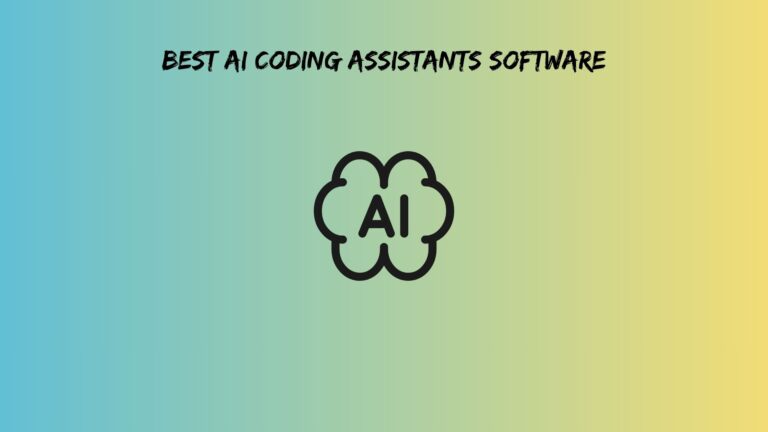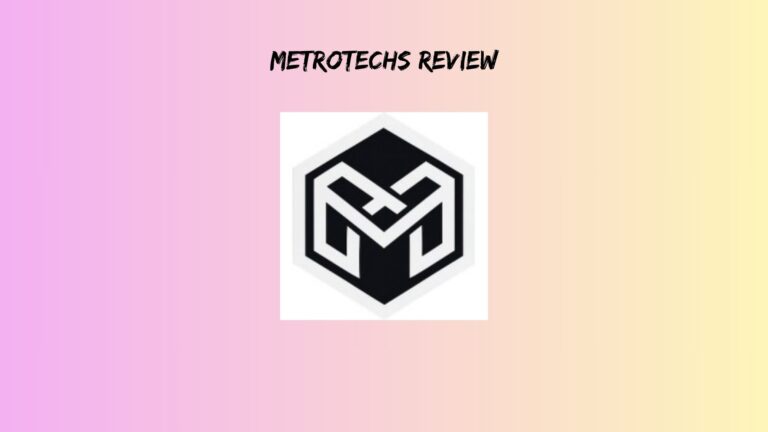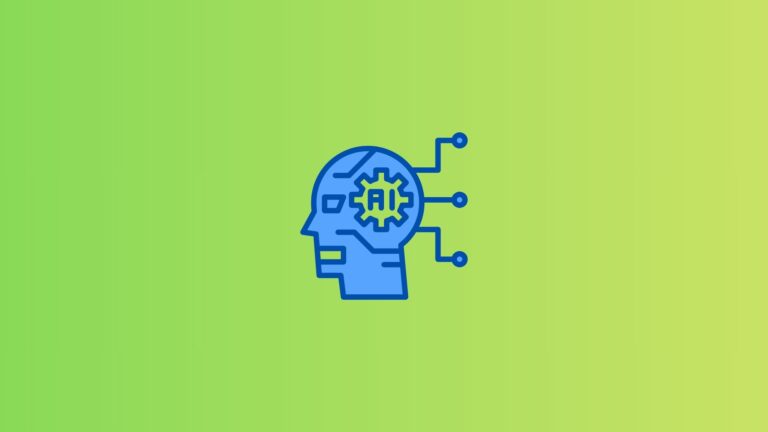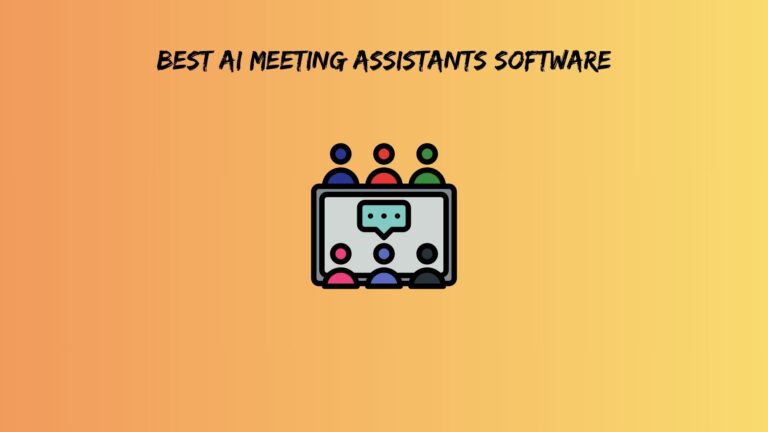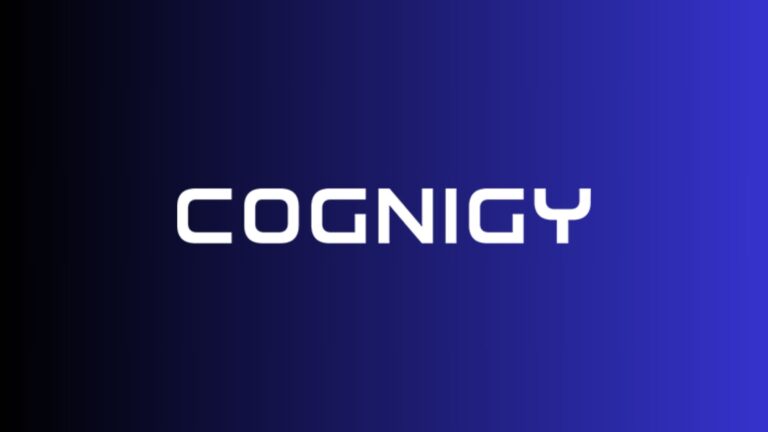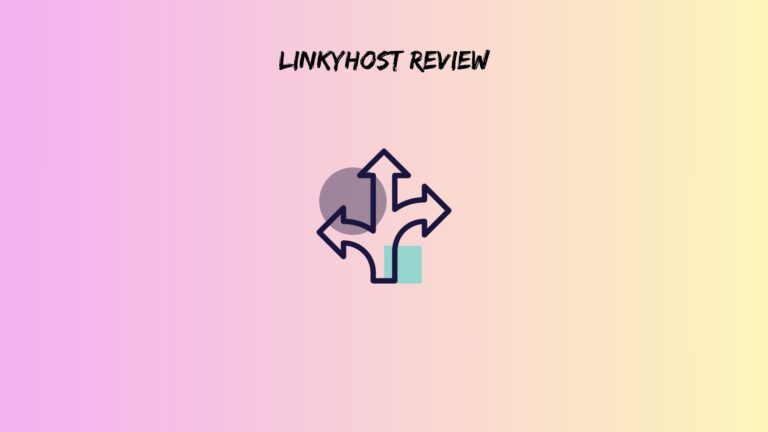Best AI Image Generator Software for Designers, Marketers & Content Creators
Eighteen months ago, AI-generated images looked like fever dreams. Today, they’re replacing $50,000 photo shoots and making stock photography companies sweat bullets. The creative industry just got flipped upside down, and most professionals are still figuring out which tools actually work versus which ones just create pretty demos.
This deep dive reveals the best AI image generator software that delivers professional results – not just impressive screenshots for social media.
The Hidden Truth About AI Image Generator Categories
Most comparison sites throw every AI picture generator software into one massive list. That’s like comparing a smartphone camera to a Hollywood film setup. Professional designers need different capabilities than weekend content creators.
Professional vs. Consumer: The Real Divide
Professional tools integrate seamlessly with existing workflows. Meanwhile, consumer apps focus on viral social media content. The quality gap between these categories has become enormous.
Brand consistency matters when you’re designing for Fortune 500 companies. Consumer tools generate random variations that look impressive but break brand guidelines instantly. Professional ai software for image creation maintains visual cohesion across hundreds of assets.
Output resolution separates amateur from professional work. Consumer tools max out at social media sizes while professional platforms deliver print-ready files at 300 DPI.
Specialized Requirements Most Reviews Ignore
Marketing teams need batch processing capabilities for campaign assets. Designers require precise style control for client work. Content creators want template systems for consistent branding.
Commercial licensing creates another complexity layer. Free consumer tools often restrict business use, while professional platforms build commercial rights into their pricing structure.
API access enables workflow automation that scales creative production. This feature remains absent from most consumer-focused platforms.
2025 Performance Benchmarks: Our Real-World Testing Method
We tested these ai photo generator software tools with actual client briefs, not generic prompts. Our methodology included 50+ different scenarios ranging from product photography to abstract brand illustrations.
Quality Metrics That Actually Matter
Photorealism accuracy got measured against professional photography standards. Style consistency received testing across multiple generation attempts. Text rendering capabilities – often broken in AI tools – underwent extensive evaluation.
Hand and face generation reliability became crucial factors. Early AI tools consistently botched human features, creating unusable results for professional applications.
Brand guideline compliance testing involved recreating existing brand assets to measure accuracy and consistency. This real-world scenario reveals which tools handle professional requirements effectively.
Workflow Integration Assessment
Design software compatibility determines daily usability. Tools that require constant file exports and imports slow down creative workflows significantly.
Collaboration features enable team-based creative processes. Version control and feedback systems separate professional platforms from consumer alternatives.
Template and style memory capabilities reduce repetitive setup work. Advanced tools remember brand preferences and style guides across projects.
Also read: instagram viewer picuki
The 8 Best AI Image Generator Software Tools (Professional Analysis)
Professional Creative Powerhouses
Midjourney v6: The Creative Excellence Champion
Midjourney dominates artistic interpretation and style consistency. Creative agencies choose this ai software image generator for distinctive visual styles that stand out in crowded markets.
Workflow reality: Discord-based interface limits enterprise adoption but delivers unmatched creative results. The community aspect provides inspiration while complicating professional workflows.
Commercial licensing: Clear usage rights eliminate legal concerns for business applications. However, public generation history raises confidentiality issues for sensitive projects.
Pricing breakdown: Plans range from $10-60 monthly based on generation volume. Fast generation modes cost extra credits but deliver results within minutes.
Professional advantage: Style reference consistency enables cohesive campaign development across multiple assets.
Adobe Firefly: The Enterprise Integration King
Adobe Firefly excels through seamless Creative Suite integration. Existing Adobe ecosystem users gain native Photoshop and Illustrator embedding capabilities.
Workflow advantage: Generate images directly within familiar design applications. No file juggling or format conversion required for professional projects.
Commercial safety: Built specifically for commercial applications with comprehensive usage rights. Adobe’s enterprise focus eliminates licensing uncertainty.
Cost reality: Included with Creative Cloud subscriptions, making it essentially free for existing Adobe users. Standalone pricing remains competitive at professional tiers.
Hidden strength: Content-aware fill combined with AI generation creates powerful editing workflows unavailable elsewhere.
Specialist Solutions for Targeted Needs
Stable Diffusion XL: The Customization Powerhouse
Open-source flexibility enables custom model training for brand-specific requirements. Technical teams leverage this ai generated photo maker for unprecedented customization capabilities.
Technical advantage: Train models on specific brand imagery to ensure consistent visual output. This capability transforms AI generation from generic to brand-specific.
Workflow integration: API-first design enables custom application development and workflow automation. Technical investment pays dividends through scalable creative production.
Cost structure: Computing costs vary from $0.10-2 per image depending on complexity and hosting choices. Self-hosting reduces ongoing costs significantly.
Professional edge: Custom model training creates unique visual styles impossible to replicate with consumer tools.
Leonardo AI: The Designer’s Precision Tool
Fine-grained parameter control appeals to designers requiring precise creative direction. This best ai image generating software balances automation with creative control.
Control features: Adjust lighting, composition, and style parameters with professional precision. Unlike black-box solutions, Leonardo reveals the creative process.
Workflow design: Web-based platform includes API access for custom integrations. Canvas editing with AI assistance combines traditional design with generative capabilities.
Pricing structure: Credit-based system ranges from $12-48 monthly. Professional tiers include priority generation and advanced features.
Creative advantage: Multiple generation styles within single projects enable comprehensive creative exploration.
Ideogram: The Text Rendering Champion
Accurate text generation within images solves a major AI limitation. Marketing materials requiring text overlays finally work reliably with this specialized tool.
Text capabilities: Generate logos, typography, and text-heavy designs with professional accuracy. This breakthrough enables previously impossible AI applications.
Marketing focus: Built specifically for marketing material creation with commercial licensing included. Social media, advertisements, and promotional content benefit immediately.
Cost efficiency: Plans start at $8 monthly with generous generation limits. Value proposition excels for marketing-heavy workflows.
Unique strength: Typography generation maintains consistency with brand fonts and style guides.
Emerging Specialists Changing the Game
FLUX.1: The Photorealism Leader
Ultra-realistic human and product photography capabilities rival professional photography studios. E-commerce and product marketing teams gain cost-effective alternatives to traditional shoots.
Realism quality: Generates product photography with controllable lighting and backgrounds. Results often surpass stock photography in relevance and quality.
Commercial application: Business-friendly licensing enables immediate commercial use without additional permissions or fees.
Technical specs: API and web interface options accommodate different technical requirements and team structures.
Innovation edge: Product photography with lighting control creates studio-quality results without physical setup costs.
Runway Gen-3: The Motion Integration Pioneer
Image-to-video capabilities expand creative possibilities beyond static visuals. Content creators access animated visuals without motion graphics expertise.
Motion capabilities: Transform static images into engaging video content. This feature bridges traditional graphic design with video production.
Creative integration: Compatibility with existing creative software maintains familiar workflows while adding motion capabilities.
Pricing range: $15-76 monthly for video features reflects the advanced processing requirements of motion generation.
Future-focused: Static image animation opens new creative possibilities for social media and digital marketing.
Canva AI: The Accessibility Champion
Non-designer friendly interface democratizes professional-quality AI generation. Small business marketers create compelling visuals without design expertise.
Simplicity advantage: Template integration guides users toward effective design choices while incorporating AI generation capabilities.
Business focus: Simplified commercial licensing removes legal complexity for small business applications.
Value proposition: $15 monthly includes unlimited generations plus access to Canva’s comprehensive design platform.
Integration strength: Brand kit integration ensures AI-generated content maintains visual consistency with existing brand materials.
Also read: email and sms marketing platform
Industry-Specific Recommendations for Maximum Impact
Graphic Designers: Portfolio and Client Work
Professional designers benefit from tools offering precise creative control and style consistency. Midjourney excels for artistic projects while Adobe Firefly integrates seamlessly with existing workflows.
Portfolio development strategies should include AI-generated concept exploration followed by traditional refinement techniques. This hybrid approach accelerates creative development while maintaining professional quality standards.
Client presentation workflows improve through rapid visual exploration and style testing. Generate multiple directions quickly, then focus manual effort on selected concepts.
Digital Marketers: Campaign Assets at Scale
Marketing teams require batch processing capabilities and template systems for consistent brand application. Leonardo AI and Ideogram excel at marketing-focused applications.
Campaign asset creation benefits from AI generation’s speed and variety. Create multiple ad variations, social media content, and promotional materials efficiently.
A/B testing visual variations becomes cost-effective through AI generation. Test different visual approaches without expensive production costs.
Content Creators: Consistent Brand Building
Content creators need reliable template systems and brand consistency tools. Canva AI provides the simplest path to professional results without design expertise.
Thumbnail and header generation workflows benefit from AI’s speed and variety while maintaining brand recognition across platforms.
Blog post illustration strategies should leverage AI’s ability to create relevant, original visuals that enhance written content effectively.
Advanced Techniques Most Professionals Never Discover
Prompt Engineering for Consistent Results
Style reference techniques enable visual consistency across multiple generations. Include reference images or style descriptions in prompts to maintain brand coherence.
Negative prompting eliminates unwanted elements before generation begins. Specify what you don’t want to improve output quality and reduce iteration cycles.
Aspect ratio optimization ensures generated content fits intended platforms without cropping or distortion issues.
Workflow Automation Strategies
Batch processing setups enable campaign-scale asset creation with minimal manual intervention. Configure templates and style guides once, then generate variations automatically.
API integration connects AI generation with content management systems and marketing automation platforms. This integration scales creative production beyond manual capabilities.
Template creation systems standardize output formats and style applications. Build reusable frameworks that ensure consistent results across different team members.
Quality Enhancement Techniques
AI upscaling integration improves generated image resolution for print applications. Combine generation with enhancement for professional-quality outputs.
Color correction workflows ensure generated content matches brand color specifications accurately. Post-processing techniques maintain visual consistency across different generation sessions.
Brand guideline compliance checking prevents off-brand content from reaching final production. Automated checking systems catch violations before content goes live.
The Future Landscape: What’s Coming Next
Real-time generation capabilities will enable live creative collaboration and instant visual feedback. Current processing delays will disappear as hardware capabilities improve.
Advanced style transfer technologies will enable more sophisticated brand consistency and artistic control. Expect AI tools to better understand and replicate complex visual styles.
Integration with AR and VR content creation opens new creative possibilities as spatial computing becomes mainstream. Generated content will extend beyond flat images into three-dimensional spaces.
Predictive content generation based on trend analysis will suggest relevant visual directions before creators realize they need them.
Making Your Choice: The Decision Framework
Budget requirements vary significantly between consumer and professional applications. Match tool costs with expected usage levels and commercial requirements.
Team collaboration needs determine platform choices. Solo creators prioritize different features than agency teams managing multiple client projects.
Technical skill requirements range from beginner-friendly interfaces to API-based customization platforms. Choose complexity levels that match your team’s capabilities.
Growth planning considerations include scalability, feature development roadmaps, and integration possibilities with existing workflows.
The best ai image generator software matches your specific workflow requirements rather than offering the most impressive feature list. Focus on tools that solve your actual creative challenges rather than providing flashy capabilities you’ll never use.
Start with free trials to test workflow compatibility before committing to paid plans. Real-world testing reveals usability issues that feature comparisons miss entirely.


